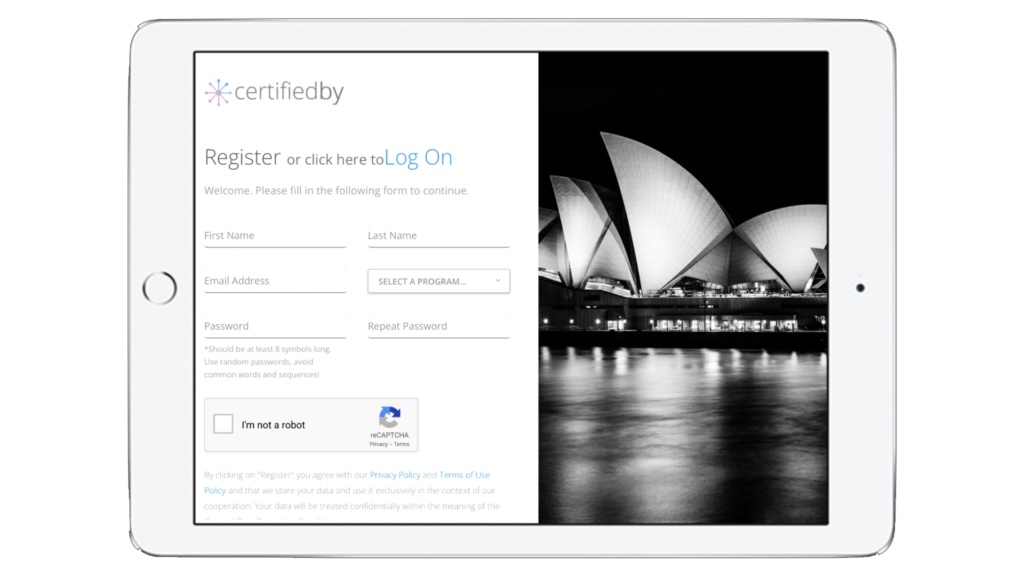AFL Concussion
Implementation Program
Because traumatic brain injury is not OK.
Assess, Report, Improve & Certify... to Power Growth
AFL Concussion Implementation Program
In sports, especially contact sports, the risk of concussion and repeated head trauma is ever-present. Unfortunately, the long-term impacts of concussions are often underestimated, leading to serious health consequences for athletes. Without proper management, players are at risk of chronic neurological issues, cognitive impairments, and reduced quality of life.
Imagine a young athlete, full of potential and passion, sidelined by a concussion. The immediate symptoms are troubling enough — headaches, dizziness, confusion — but the unseen dangers are even more concerning. Each unrecognised or poorly managed concussion increases the risk of long-term damage. Parents worry, coaches feel helpless, and the players themselves may face a future of ongoing health problems. What if we could do more to protect them?
Safeguarding You’s “AFL Concussion Implementation Program” offers a lifeline. Our program simplifies the process through a comprehensive assess, report, improve, and certify methodology. We start by evaluating your current practices against the 2024 AIS and AFL Concussion Guidelines, then provide detailed reports with actionable insights, guide you through targeted improvements, and finally the option to certify your club’s compliance.
How it Works

REGISTER
Simply click the START NOW button at the top of this page to start your program.
IMPROVE
For smart recommendations, supporting information and helpful resources, subscribe to the Action Management Module (see more).
CERTIFY
Evidence results with a Program Review and Certificate of Assessment to share with relevant stakeholders (see more).
ALL PROGRAMS include access to a digital library of amazing tools & resources
This Program Includes
-
8 Components
-
FREE Smart Self Assessment
-
FREE Risk Report: High-Med-Low
-
Action Management Module
-
Digital Library of Resources
-
24/7 Access: Mobile & TV
Program Modules
1. Club Governance
2. Day of Injury Management
3. Return to Play Protocols
4. Management of More Complicated Cases
5. Reduction of Concussion and Head Impacts
6. Comprehensive Diagnosis Techniques
7. Children and Adolescents
8. Roles and Responsibilities
Concussion Do's and Don'ts in Junior Sport
Concussions are a serious concern in junior sport, and understanding how to handle them is crucial for the safety and well-being of young athletes. This guide provides essential do’s and don’ts for clubs, coaches, parents, and players to effectively manage concussions and ensure a safe sporting environment.
Concussion Do's and Don'ts in Junior Sport Download Form

Don't Make a Fatal Mistake!
Disclaimer 🤚
We’ve put our heart and soul into building something to help millions of Startups & SMEs around the world.
We’ve done a lot right and made mistakes along the way, cause no one ever said #RegTech or startup risk management was easy.
Rest assured we are leveraging the brightest minds, deepest resources, connected partnerships and hunger for growth to develop a better product every day for you.
With that being said… In no event shall Safeguarding You (powered by Certified By), its affiliates, partners, or licensors be liable for any direct, indirect, incidental, special, consequential, or punitive damages, including but not limited to, lost profits, lost data, business interruption, or other losses arising out of or in connection with the use of, or inability to use, the Safeguarding You platform or any content, advice, or recommendations generated by the platform.



